Description
Methyl Tert-Butyl Ether (MTBE): A Double-Edged Sword in Fuel
Methyl tert-butyl ether (MTBE) is a synthetic organic compound that was widely used as a gasoline additive for decades. Its primary purpose was to increase the octane rating of gasoline and reduce air pollution, particularly carbon monoxide emissions. While MTBE proved effective in achieving these goals, its use has been increasingly scrutinized due to significant environmental concerns, particularly its potential to contaminate groundwater.
The Rise of MTBE:
Introduced in the 1970s as a replacement for lead-based octane enhancers, MTBE gained significant popularity due to the 1990 Clean Air Act Amendments in the United States. This legislation mandated the use of oxygenates in gasoline to reduce carbon monoxide emissions in urban areas. MTBE, being a readily available and cost-effective oxygenate, became the additive of choice for many refiners. By the late 1990s, it was estimated that approximately one-third of the gasoline sold in the U.S. contained MTBE.
The Benefits of Using MTBE:
- Increased Octane Rating: MTBE effectively boosts the octane rating of gasoline, leading to improved engine performance and reduced engine knocking.
- Reduced Air Pollution: Its use contributed to lower carbon monoxide emissions, a significant air pollutant, especially in urban areas.
- Cost-Effectiveness: MTBE was, and in some regions still is, a relatively inexpensive additive compared to other octane enhancers and oxygenates.
The Environmental Controversy:
The widespread use of MTBE came under intense scrutiny due to its ability to migrate into groundwater sources. Leaks from underground storage tanks, pipelines, and spills during transportation allowed MTBE to seep into aquifers. The consequences of this contamination are significant:
- Groundwater Contamination: MTBE is highly soluble in water and persists for long periods due to its resistance to biodegradation. This makes it a persistent groundwater contaminant.
- Unpleasant Taste and Odor: Even at low concentrations, MTBE imparts an unpleasant taste and odor to water, rendering it undrinkable.
- Potential Health Risks: While the long-term health effects of MTBE exposure are still debated, it is classified as a possible human carcinogen by the U.S. Environmental Protection Agency (EPA).
The Shift Away from MTBE:
Recognizing the environmental problems associated with MTBE, many regions, including the United States and Europe, began phasing out its use. Alternatives like ethanol emerged as viable substitutes. While ethanol also has its own environmental considerations, it is generally considered less persistent in groundwater and is derived from renewable sources.
Current Status and Future Outlook:
Although MTBE is no longer widely used in gasoline in many developed countries, it remains in use in some parts of the world. Furthermore, the legacy of past contamination continues to pose challenges, requiring ongoing monitoring and remediation efforts to protect groundwater resources.
The MTBE saga serves as a cautionary tale about the potential unintended consequences of seemingly beneficial technologies. While it initially helped address air pollution concerns, its widespread use ultimately led to a significant environmental problem. This highlights the importance of thorough risk assessments and considering long-term sustainability when adopting new technologies, especially in areas with potential environmental impacts. As the world continues to seek cleaner and more efficient energy sources, learning from the MTBE experience is crucial in making informed decisions that prioritize both performance and environmental safety.

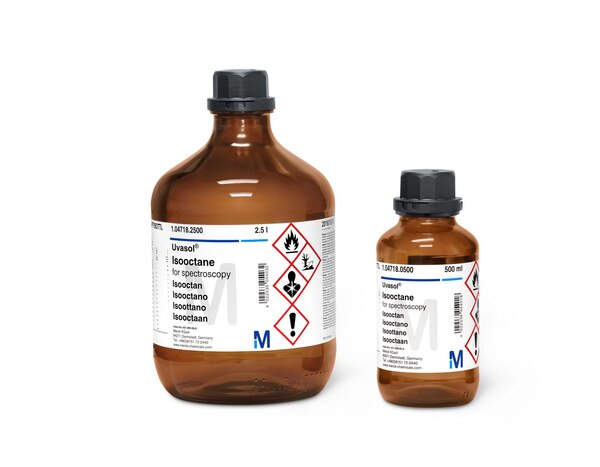

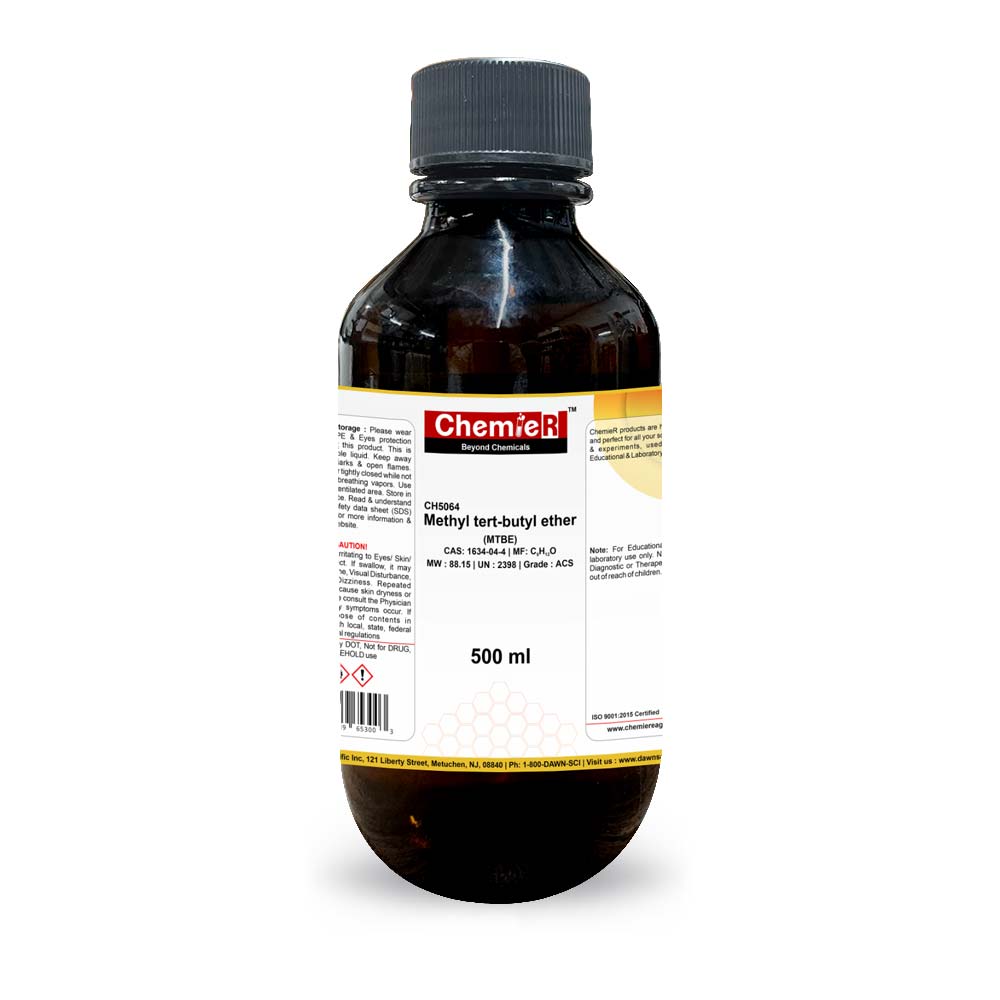
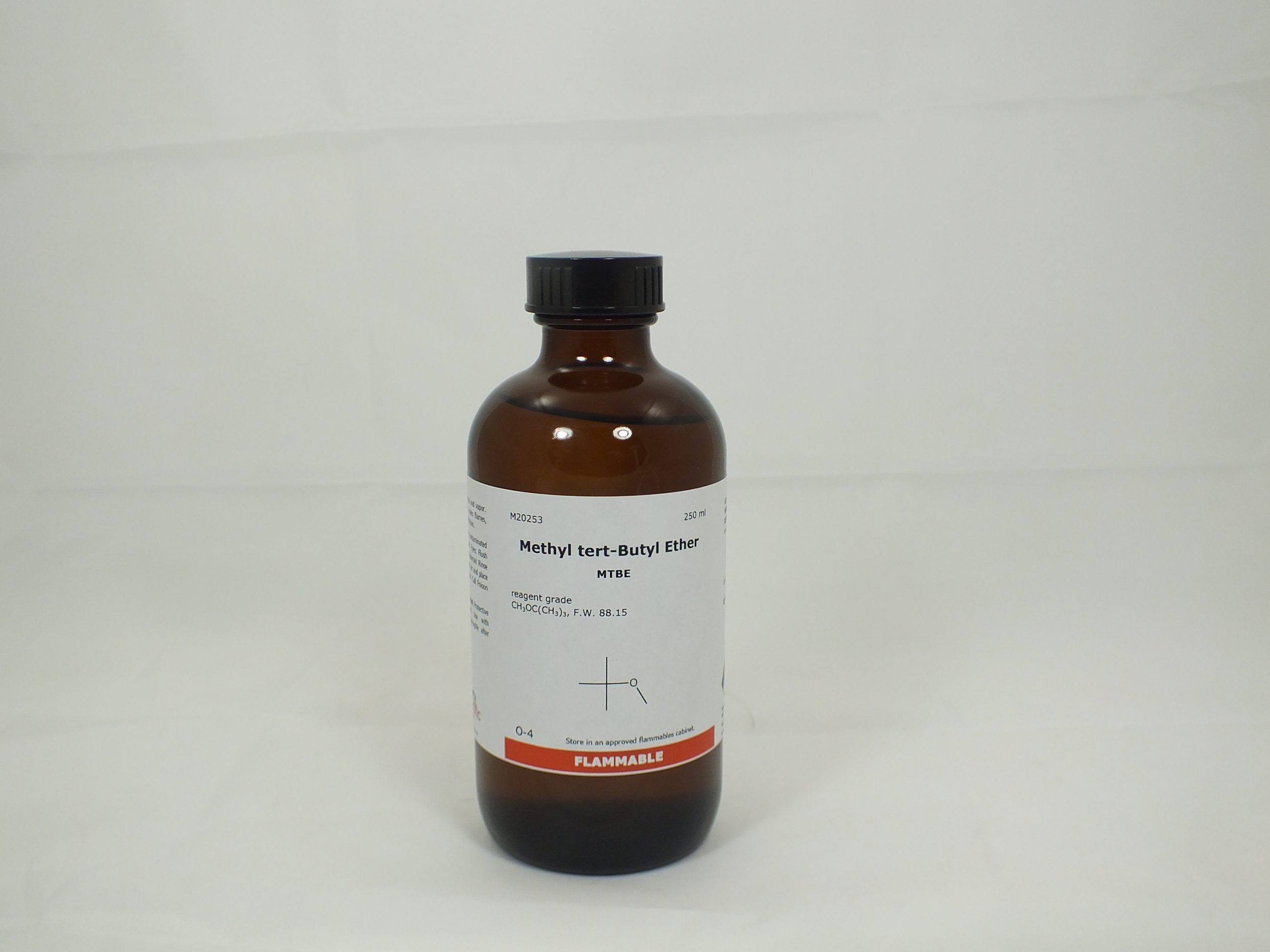
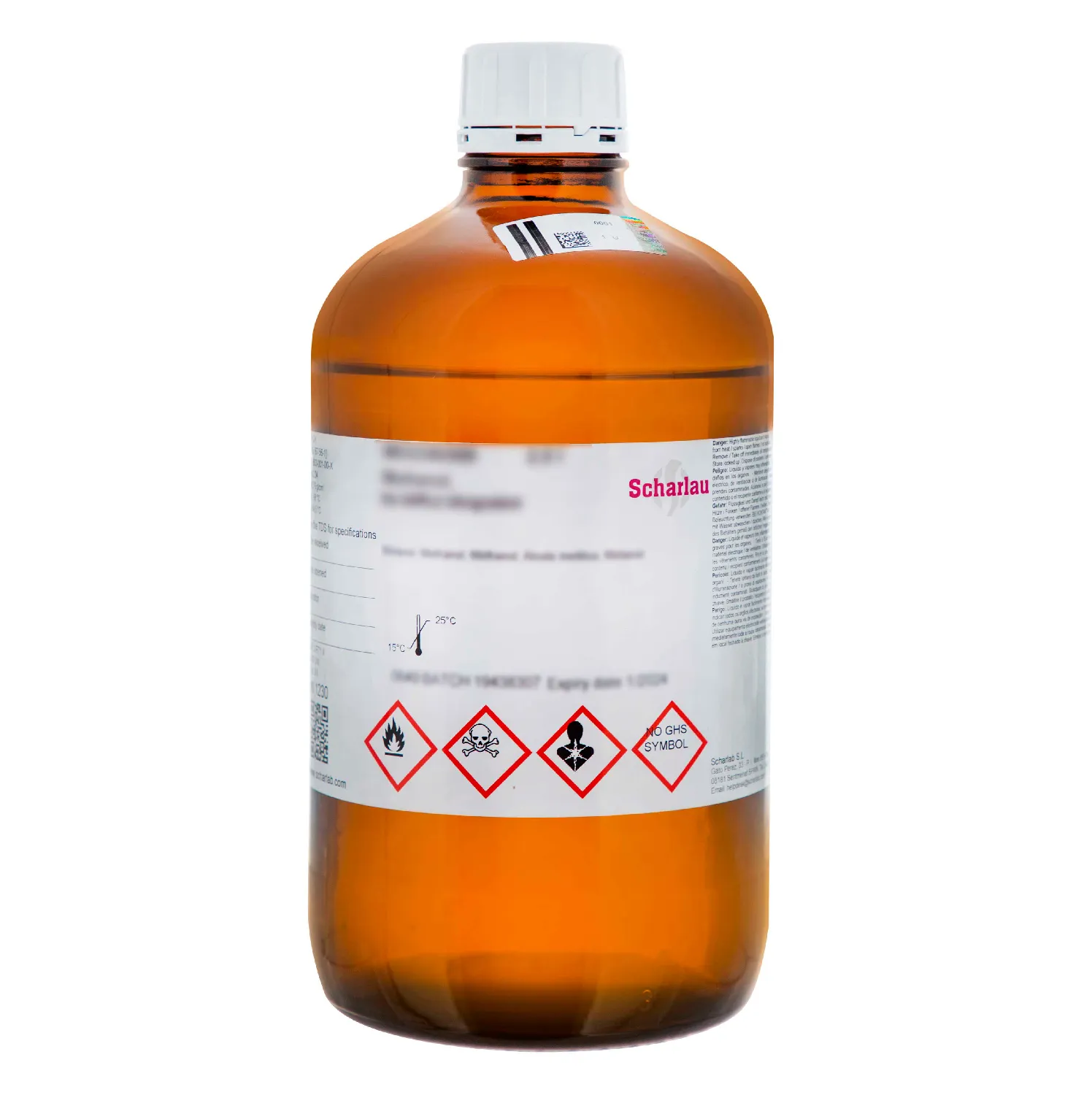
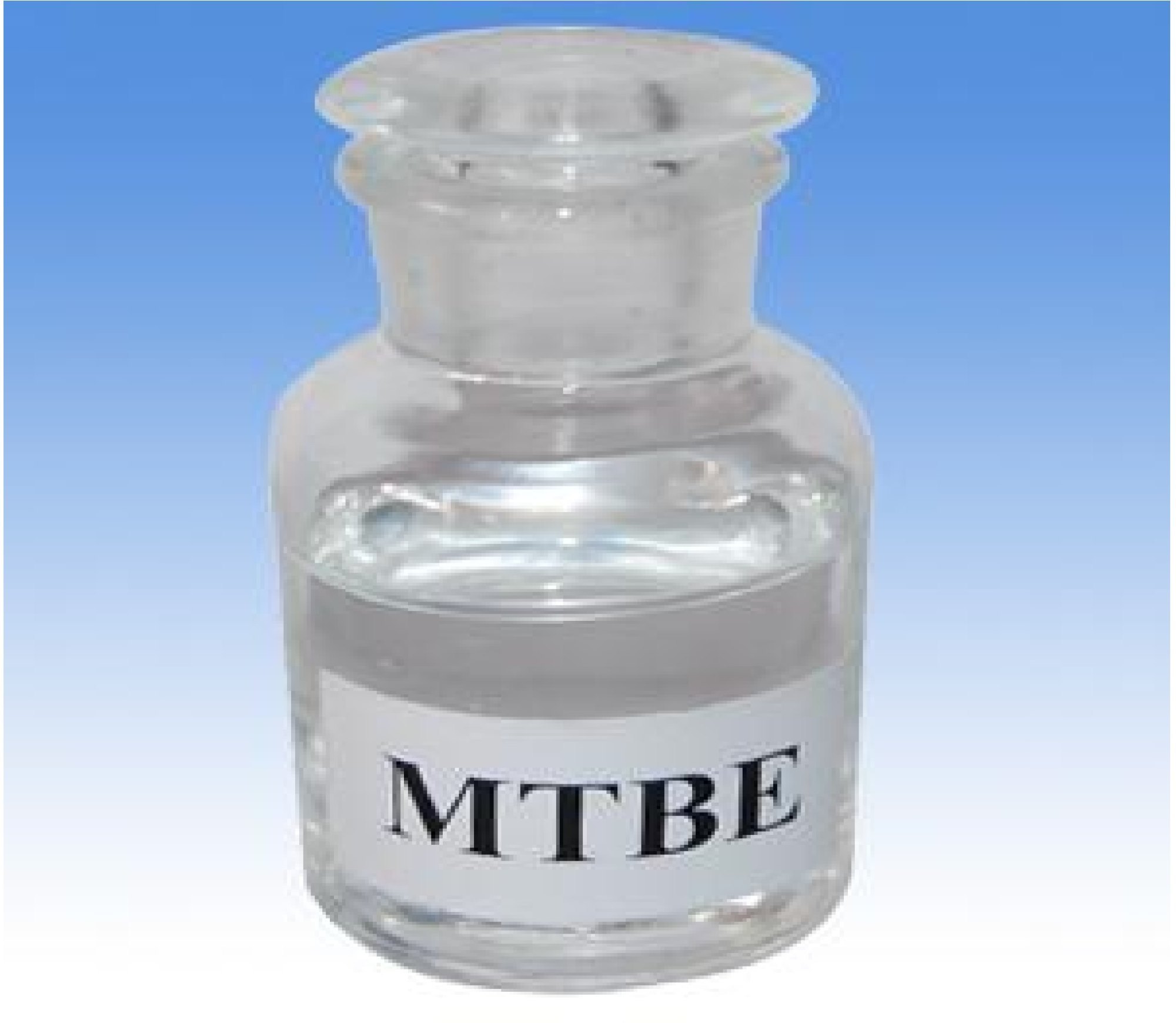
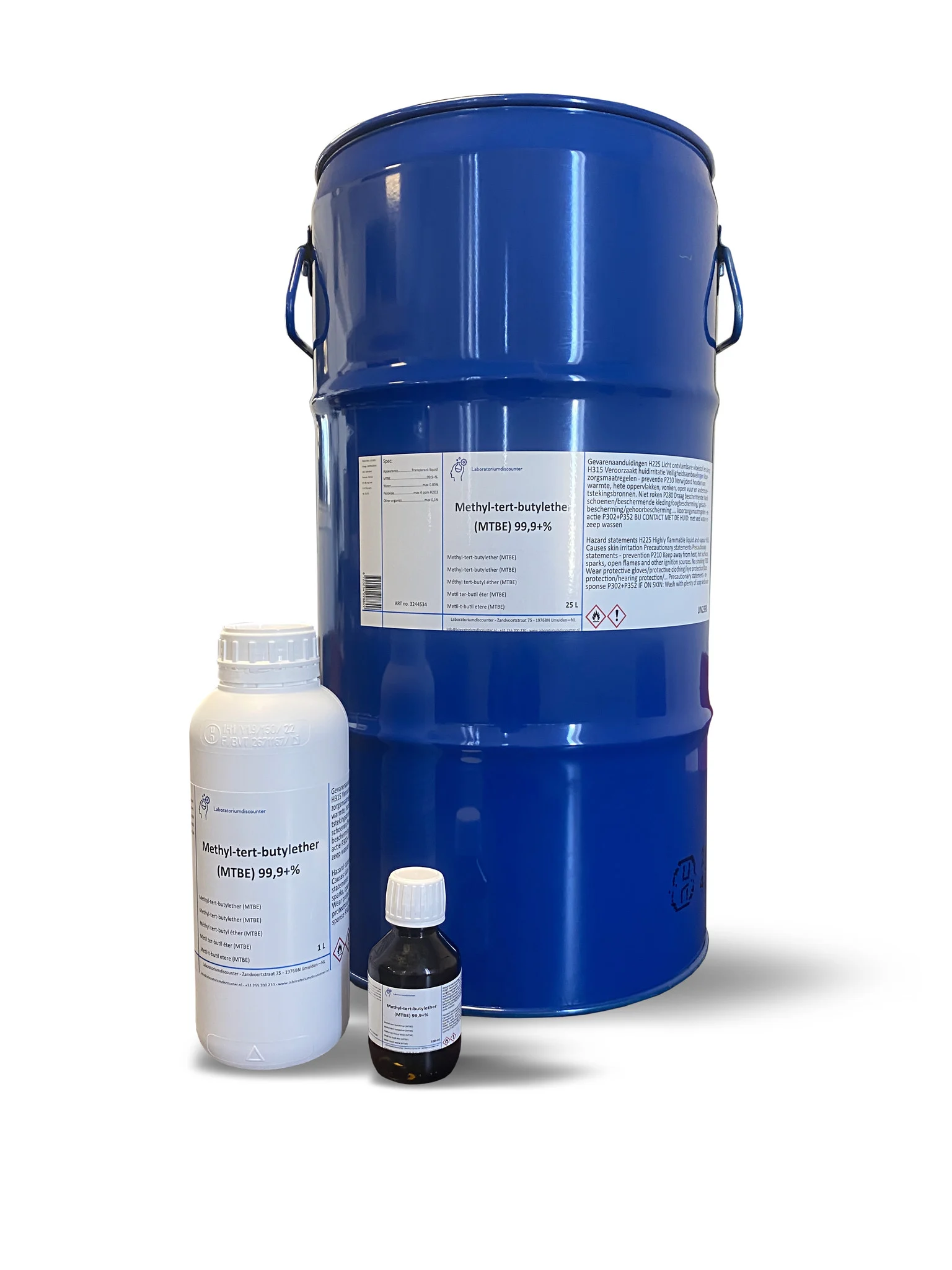
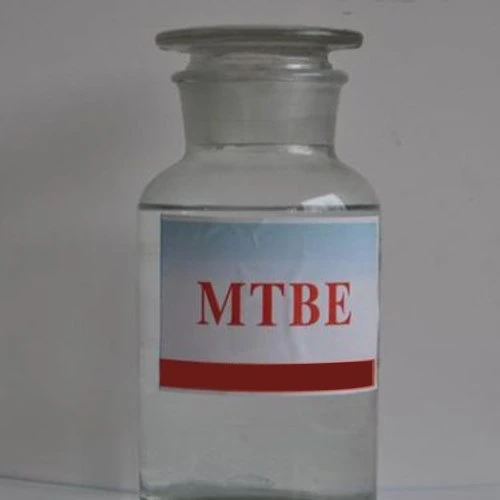

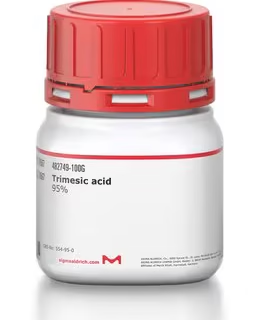
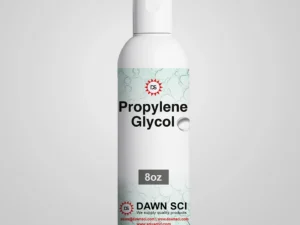
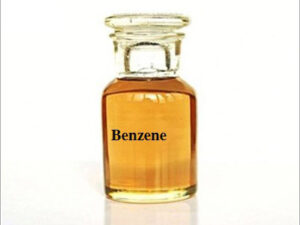

Reviews
There are no reviews yet.